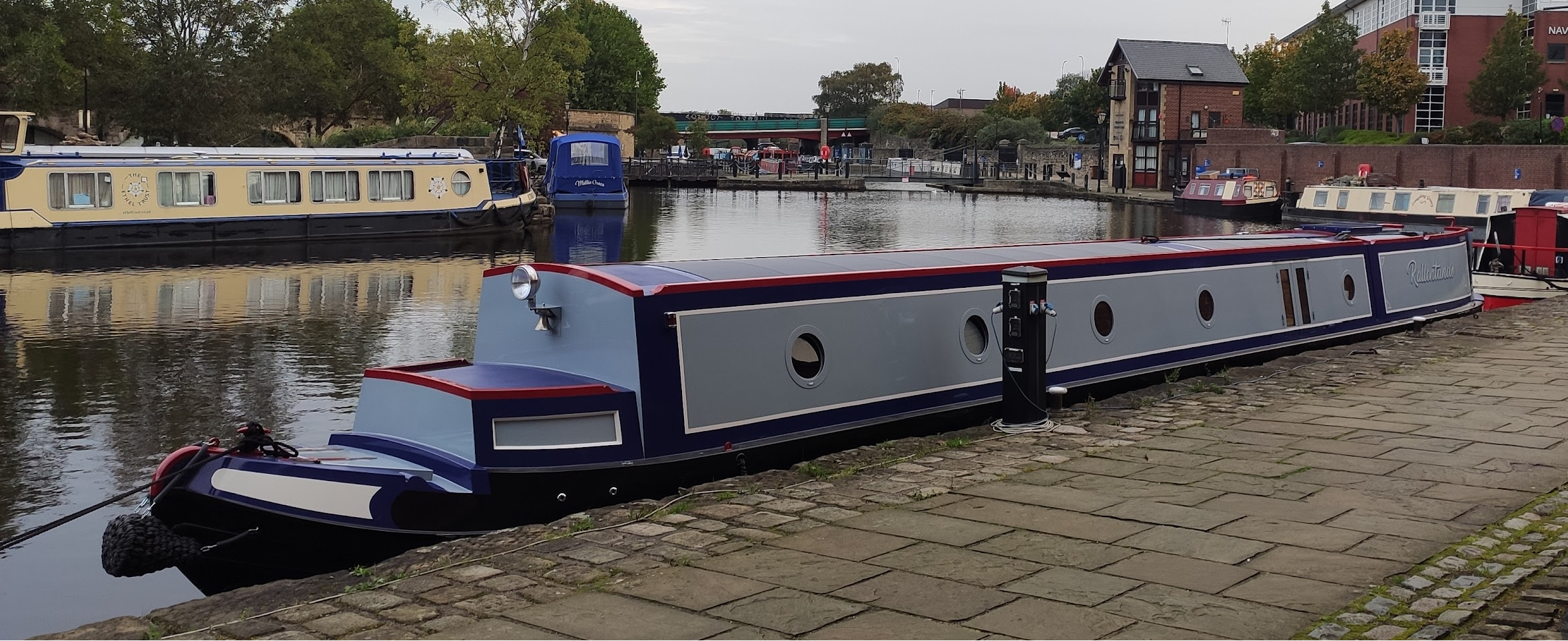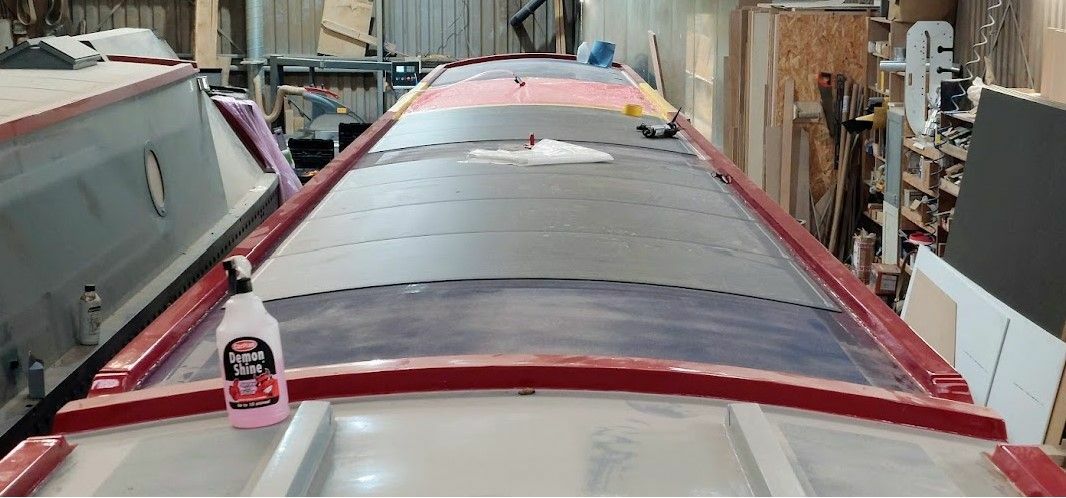I looked at using a heat pump (actually a marine AC unit) to heat my boat, and also cool it in summer -- specifically, this one (the biggest 16000BTU version):
https://www.frigomar.com/en/products/self-contained-unit-inverter-bldc/
Excellent efficiency (almost 5kW maximum output for 1kW of power) and can be throttled down to 25% -- note that it's a blown air unit so you have to run 5" diameter ducting through the boat.
The problem is that it uses fresh water from the sea/river/canal and that the minimum temperature for this is +5C to stop it freezing in the heat exchanger -- so fine for most boats at sea, but not the canals in the winter when you *need* the heating... 😞
In theory you could use a massive skin tank and fill the system with antifreeze, but the unit will still turn itself off below +5C intake temperature. Also I was told by somebody who tried this (skin tank) that it didn't really work and they had to go back to fresh water intake.
Unless you're only ever going to do short cruises away from base (a big battery bank will last up to 2 days) or no more than a couple of hours per day in summer (recharging from solar, but you'll only get about 5kWh per day on a boat that size) you'll need an onboard generator, and cocooned diesel ones are expensive (around £15000 installed). It would be nice to run this on HVO but this isn't widely available on the canals, if at all.
Finesse used to reckon that the cost of the electric drive including batteries, inverter, and generator was around £30000 but that was several years ago. Given the price rises I saw during construction of my boat (a couple of grand just for the generator!) I expect this would be closer to £40000 today. They've built a lot of electric (well, series hybrid...) boats and don't cut corners, I can certainly recommend them.




